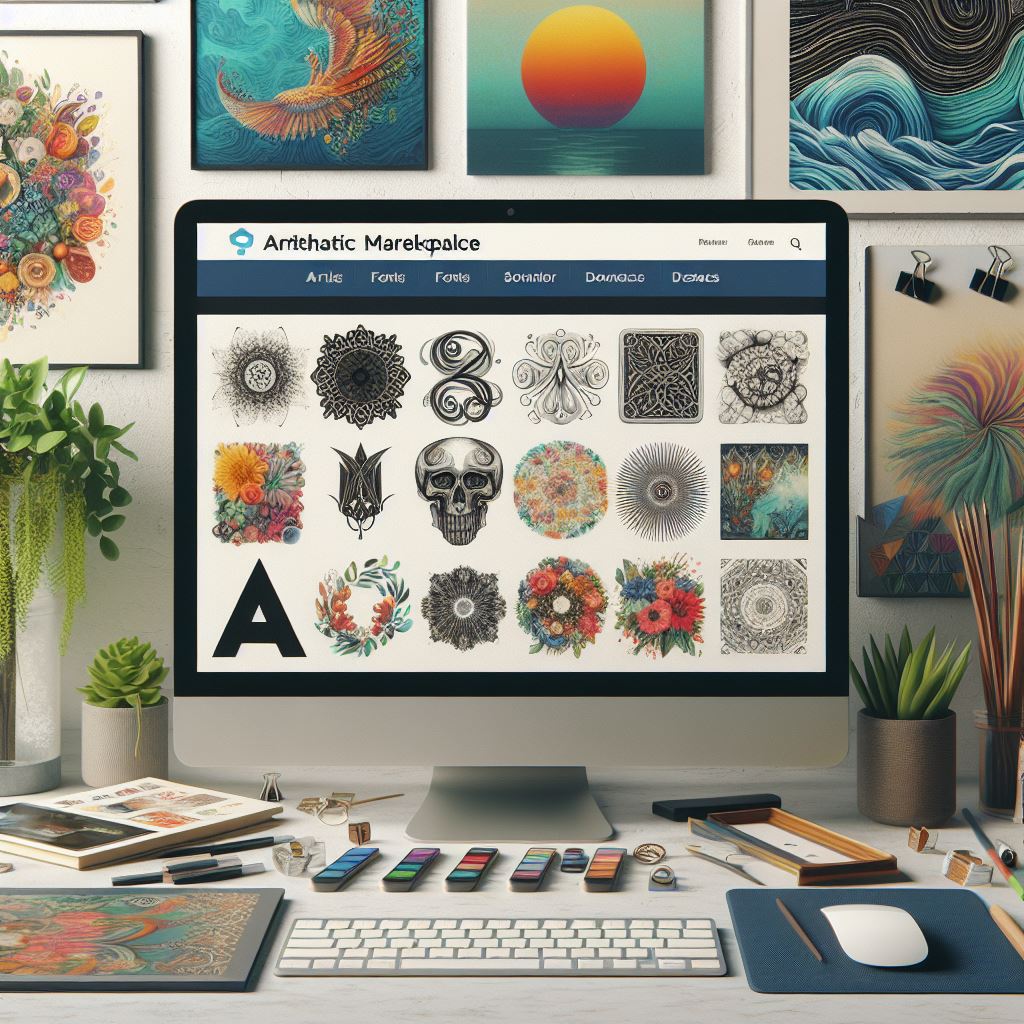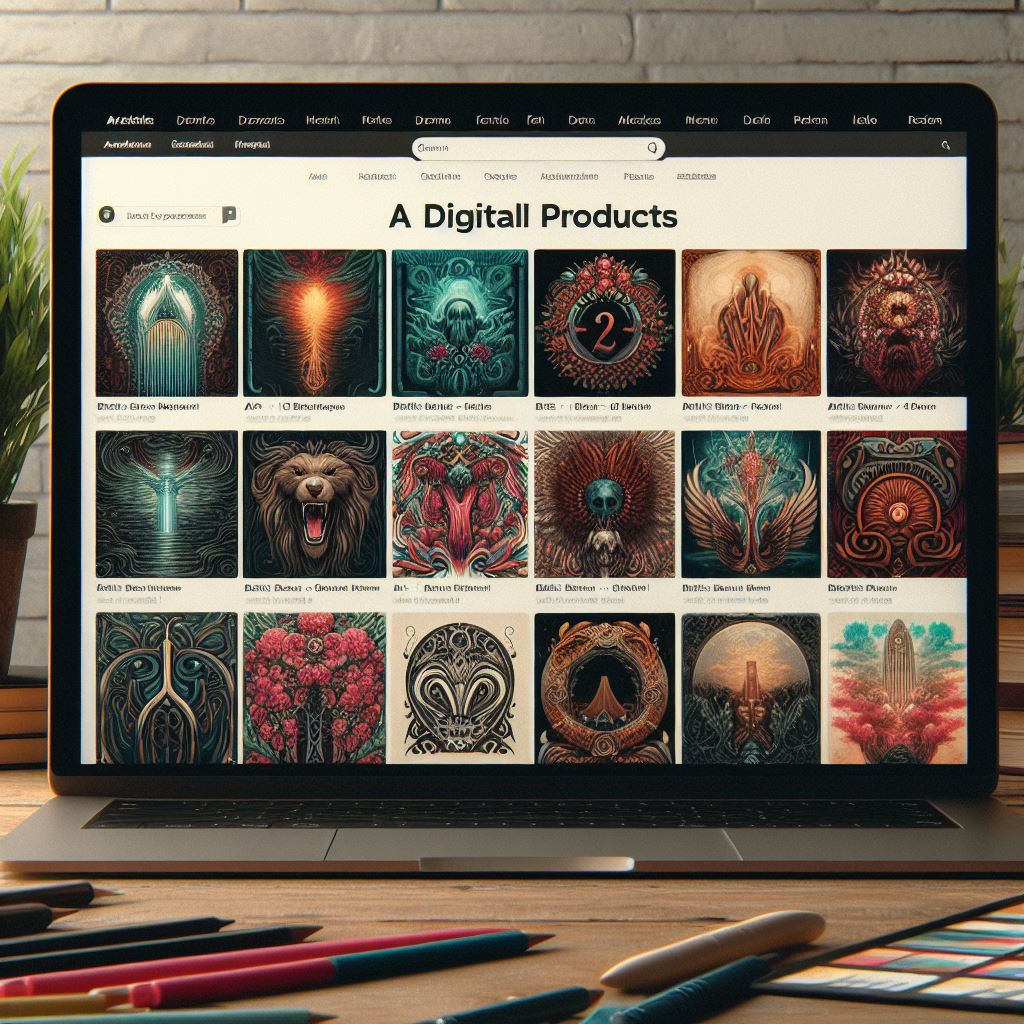
Custom T-Shirt Design Project with jQuery & PHP: Free Download
Share
In today’s digital age, creating personalized items has never been easier. One of the most exciting projects you can embark on is **custom T-shirt design**. Whether you're a developer looking to expand your skills or simply a DIY enthusiast, learning to create a custom T-shirt design project using jQuery and PHP is both fun and rewarding. This project melds artistic creativity with technical prowess, offering a unique avenue to express individuality or even market a brand.
Our comprehensive guide provides a *free download* to get you started. By diving into this project, you'll learn not just the basics but also advanced techniques that can set your designs apart. The blend of jQuery and PHP allows for interactive, dynamic designs that can be customized on-the-fly. This makes it perfect for e-commerce websites, where users can see their customizations in real-time before making a purchase.
Are you ready to unleash your creativity? Learn more today and start designing your custom T-shirts with our detailed guide. Stay tuned as we walk you through all the essential steps and provide you with the tools you need to succeed.
Benefits of Using jQuery and PHP
When it comes to custom T-shirt design, utilizing jQuery and PHP offers a multitude of benefits that make the process not only more efficient but also more enjoyable. One of the primary advantages is the ability to create a highly interactive user experience. jQuery, a feature-rich JavaScript library, simplifies HTML document traversing, event handling, and animation, making your design interface more dynamic and user-friendly.
On the server side, PHP shines by managing data and serving it to jQuery for real-time updates. This combination allows for seamless integration of front-end and back-end functionalities, making your custom T-shirt design process smoother. For instance, users can select different colors, sizes, and design elements, and see these changes reflected instantly on the T-shirt preview, all thanks to the synergy between jQuery and PHP.
Another benefit is the scalability and flexibility these technologies offer. PHP is known for its robust database handling capabilities, allowing you to store user designs, preferences, and orders efficiently. jQuery complements this by ensuring that the user interface remains responsive and engaging, even as you add more features and functionalities over time.
Moreover, both jQuery and PHP have extensive documentation and a large community of developers. This means that if you ever run into issues or need to implement advanced features, you can easily find resources and support to help you out. All these factors combined make jQuery and PHP an ideal choice for creating a custom T-shirt design project that stands out from the crowd.
Step-by-Step Guide for Download

Embarking on your custom T-shirt design project is easier than ever with our comprehensive step-by-step guide for download. Follow these simple instructions to get your project up and running in no time:
- Visit the Download Page: Go to the specified URL to access the downloadable files and resources you'll need for the project.
- Download the Files: Click on the download link to save the zip file containing all essential scripts, assets, and documentation to your local machine.
- Extract the Zip File: Unzip the downloaded file to a dedicated directory on your computer. This will create a folder structure with organized subdirectories for easy navigation.
- Set Up Your Development Environment: Ensure you have a local server environment like XAMPP or WAMP installed to run PHP scripts. Additionally, make sure you have a code editor such as Visual Studio Code or Sublime Text for editing files.
- Upload Files to Server: If you're working on a live server, use an FTP client to upload the extracted files to your web server. For local development, place the files in the 'htdocs' directory of your local server setup.
- Configure Database: Open the 'config.php' file and update the database credentials to match your server settings. Execute the provided SQL script in your database management tool to create the necessary tables.
- Run the Project: Open your web browser and navigate to the project URL (e.g., 'http://localhost/yourprojectname' for local setups). You should see the custom T-shirt design interface ready to use.
By following these steps, you'll be well on your way to creating stunning custom T-shirt designs using jQuery and PHP. Enjoy the process and let your creativity shine!
Setting Up Your Development Environment

For a seamless experience in your custom T-shirt design project, it's crucial to set up your development environment properly. This ensures that you have all the necessary tools and configurations in place to develop, test, and run your project efficiently.
Here's a step-by-step guide to setting up your development environment:
- Install a Local Server: A local server environment such as XAMPP, WAMP, or MAMP is essential for running PHP scripts. These packages come with Apache, MySQL, and PHP bundled, making it easy to set up a local server on your machine.
- Download and Install a Code Editor: A good code editor is indispensable for writing and editing your project's files. Popular choices include Visual Studio Code, Sublime Text, and Atom. These editors offer features like syntax highlighting, code completion, and debugging tools.
- Configure the Local Server: Once installed, start your local server and ensure it's running correctly. Place your project files in the server's root directory (e.g., 'htdocs' for XAMPP).
- Set Up the Database: Open your database management tool (such as phpMyAdmin) and create a new database for your project. Import the provided SQL script to create the necessary tables and data structure.
- Modify Configuration Files: Open the 'config.php' file and update the database connection details to match your local server settings. This includes the database name, username, and password.
- Test Your Setup: Navigate to your project's URL in a web browser (e.g., 'http://localhost/yourprojectname'). If everything is configured correctly, you should see the main interface of your custom T-shirt design project.
Setting up your development environment may seem daunting at first, but with these steps, you'll have a solid foundation to build and test your project. This preparation will save you time and effort in the long run, allowing you to focus on creating amazing custom T-shirt designs.
Implementing jQuery for Interactive Design

Adding interactivity to your custom T-shirt design project is where jQuery truly shines. By leveraging jQuery, you can create a dynamic and engaging user experience, allowing users to customize their T-shirts in real-time.
Here's how you can implement jQuery to enhance interactivity:
-
Include jQuery in Your Project: First, ensure that you have jQuery included in your project. You can either download the library from the official jQuery website or link to it via a CDN. Add the following line within the section of your HTML file:
<script src="https://code.jquery.com/jquery-3.6.0.min.js"></script> -
Set Up Event Handlers: jQuery simplifies the process of adding event listeners to your HTML elements. For example, to handle a color change event when the user selects a different T-shirt color, use the following jQuery code:
This code listens for changes on the color selector and updates the preview T-shirt's background color accordingly.$(document).ready(function() { $('#colorSelector').change(function() { var selectedColor = $(this).val(); $('#tshirtPreview').css('background-color', selectedColor); }); }); -
Implement Drag-and-Drop Features: For a more interactive design experience, consider adding drag-and-drop functionality. jQuery UI, an extension of jQuery, provides draggable and droppable interactions. Include the jQuery UI library in your project and use the following code:
This allows users to drag design elements and drop them onto the T-shirt preview area.$(function() { $('.draggable').draggable(); $('#dropArea').droppable({ drop: function(event, ui) { ui.draggable.appendTo($(this)).css({ top: 0, left: 0 }); } }); }); -
Update Designs in Real-Time: Use jQuery to dynamically update design elements based on user input. For instance, if users can add text to their T-shirts, capture the input and display it instantly:
This provides immediate feedback, enhancing the user experience.$('#textInput').on('input', function() { var text = $(this).val(); $('#tshirtText').text(text); });
By implementing these jQuery techniques, you can transform your custom T-shirt design project into a highly interactive and user-friendly application. The real-time updates and interactive features will not only make the design process more enjoyable but also more efficient.
Using PHP for Server-Side Functionality

While jQuery enhances the client-side interactivity of your custom T-shirt design project, PHP plays a crucial role in handling the server-side functionality. PHP allows you to manage data, interact with databases, and perform essential backend operations seamlessly.
Here are key ways PHP can be utilized in your project:
-
Processing Form Data: When users finalize their T-shirt designs, you need to capture their inputs. PHP can handle form submissions and process the data. For example, to capture the selected T-shirt color and design text, use the following PHP script:
This script ensures that the user inputs are correctly captured and ready for further processing.<?php if($_SERVER["REQUEST_METHOD"] == "POST") { $color = $_POST['color']; $text = $_POST['text']; // Process the data as needed } ?> -
Interacting with Databases: PHP excels in interacting with databases, such as MySQL. You can store user designs, retrieve them, and manage design templates efficiently. Here's an example of how you can connect to a MySQL database and insert user design data:
This code snippet demonstrates how to insert user design data into the database, ensuring it is stored securely.<?php $conn = new mysqli("localhost", "username", "password", "database"); if ($conn->connect_error) { die("Connection failed: " . $conn->connect_error); } $sql = "INSERT INTO designs (color, text) VALUES ('$color', '$text')"; if ($conn->query($sql) === TRUE) { echo "New record created successfully"; } else { echo "Error: " . $sql . "<br>" . $conn->error; } $conn->close(); ?> -
Generating Dynamic Content: PHP can generate dynamic content based on user interactions. For instance, if you want to display a gallery of saved T-shirt designs, you can retrieve the designs from the database and generate HTML dynamically:
This ensures that the content is up-to-date and personalized for each user.<?php $result = $conn->query("SELECT * FROM designs"); while($row = $result->fetch_assoc()) { echo "<div class='design'>"; echo "<div style='background-color:" . $row['color'] . "'>"; echo "<p>" . $row['text'] . "</p>"; echo "</div>"; echo "</div>"; } ?>
By integrating PHP into your custom T-shirt design project, you can effectively manage data, enhance security, and provide a robust backend to support your interactive front-end features. Ready to take your T-shirt design project to the next level? Learn more today at oldhippys.com and dive into the world of seamless integration with PHP!
